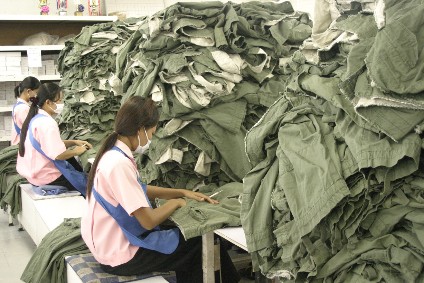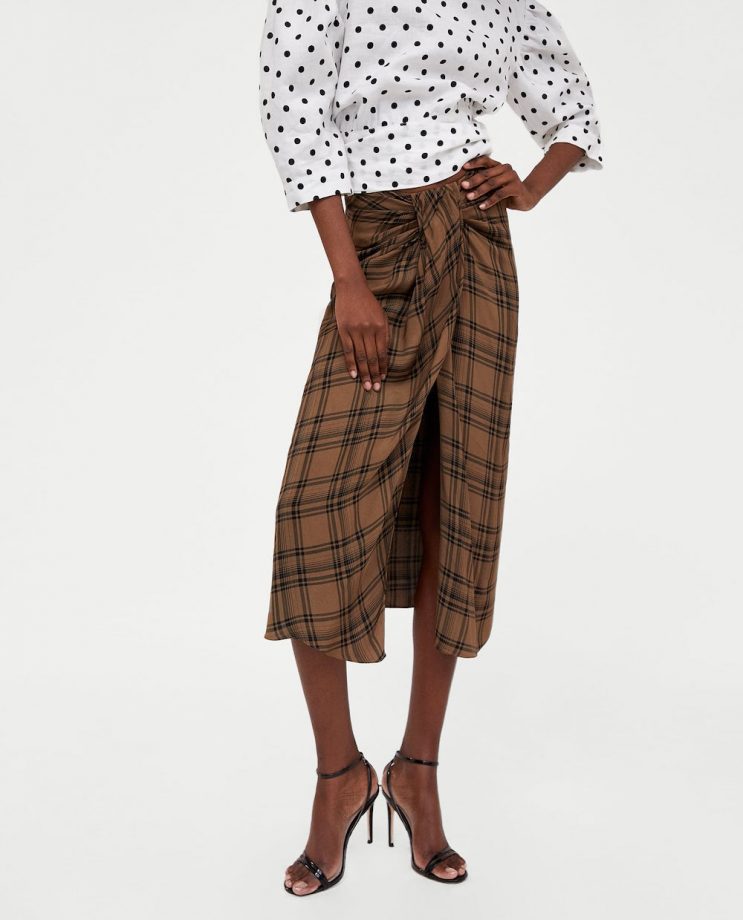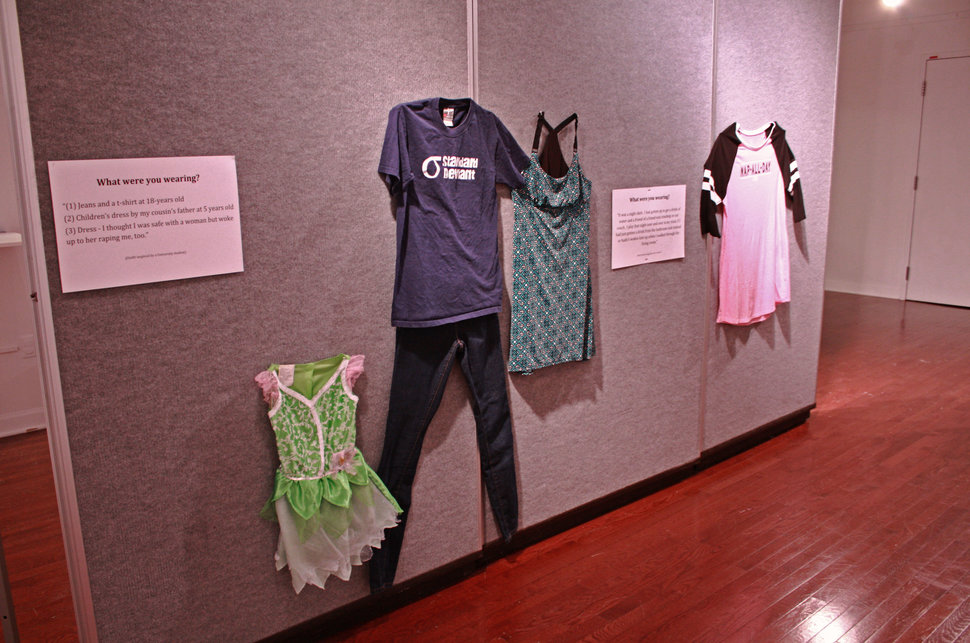For decades, popular companies and industries have cut corners and exploited workers for the sake of cheaper production and sales points to promote greater profit. This is extremely evident with stores found at malls, such as Forever 21, Urban Outfitters, and H&M, but are increasingly being found in online shops like BooHoo, SHEIN, and many more. The production cost of each piece of clothing becomes cheaper as poor quality fabrics, dyes, and more are used while many workers that slave away to produce the clothing with fewer rights and protections than they deserve. Fast-fashion is an issue that is becoming more prevalent each day with new, online companies starting to feed the population with mass-produced, “stylish” clothing that lasts as long as it takes to ship.
Fast-fashion is horrible for the environment, being one of the most polluting industries on the planet due to textile waste and toxic dyes. The lack of people willing to buy second-hand or alter their clothes after wear and tear cause many clothing pieces to be thrown out, never to be used again, only for people to purchase more clothes with the same fate. As clothes are also created in time with trends, there is an incredibly large amount of clothing that is created and thrown away with each season simply because of trends. Changing trends and aesthetic revivals are a huge part of why so much material ends up going to waste. Once a style gets tossed out, many people may throw out that piece rather than saving, donating, or selling it once more. This produces a ton of fabric waste when it could very well be re-made into another clothing piece, saved for trend revivals, or donated to be sold again.
One of the greatest issues with fast fashion, other than how ecologically terrible and inhumane the production can be, is the fact that it allows clothing to be sold at cheaper price-points, making these clothes very attractive to many consumers, including teenagers, young adults, or working adults that are on a tight budget. The fact that the prices for these clothes can be between $5 and $20 for basic pieces to last for at least a year is affordable and reasonable for many people to purchase. However, despite the low cost, it is likely that the clothes may rip or fall apart quickly due to the low quality, meaning that these people will ultimately have to re-purchase pieces over time, contributing to the profit of these large corporations.
The other half of the issue is the difficulty of buying sustainably. Many sustainable companies or brands have higher prices that can be too much for the everyday person to afford, which makes people turn back to the cheaper fast-fashion pieces that are created with the same style, just under worse conditions. Buying second-hand is the best option, though many may stray away from this idea because of how the clothes are “old” and “worn”. While this may be the case, many clothing that shows up in thrift stores or is sold second-hand may be barely used and almost new, so the need to wash a used clothing item should not deter people who wish to buy their clothes more sustainably.










